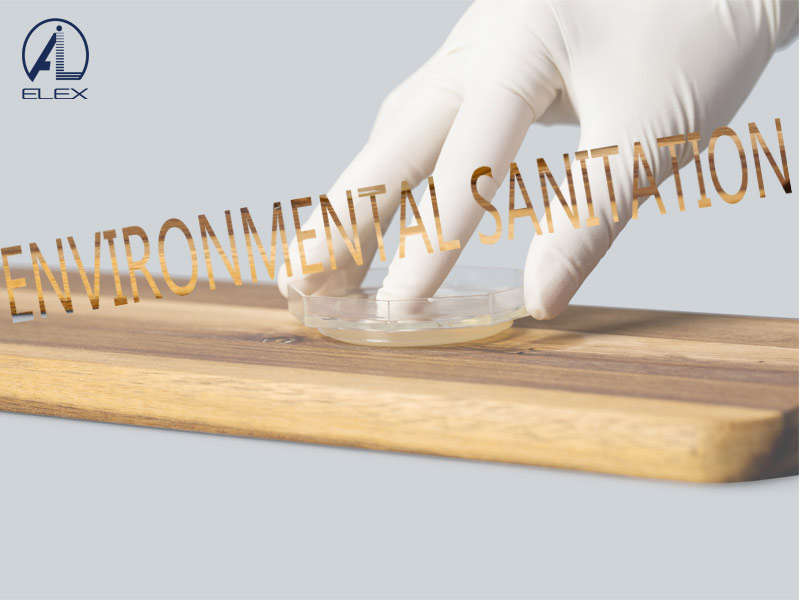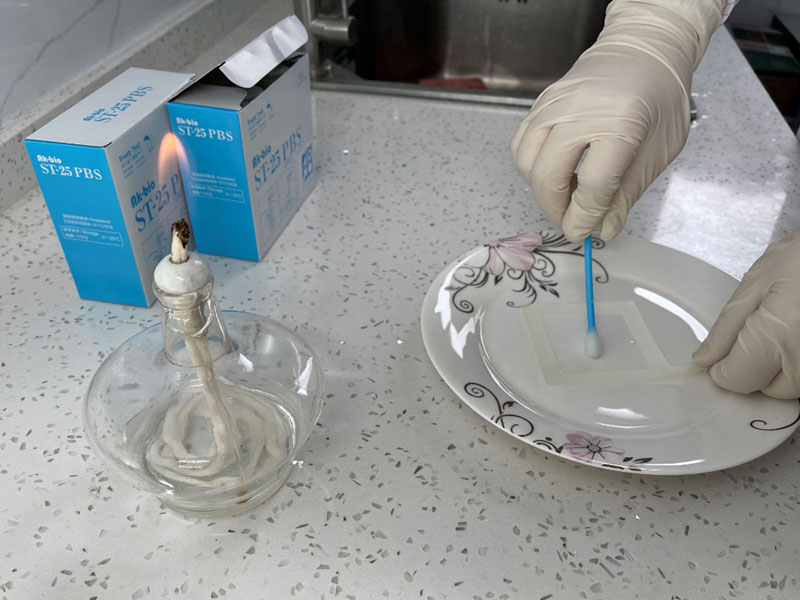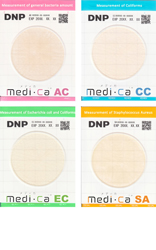Microorganisms contaminate products mainly through the pathways of air, raw and auxiliary materials, workforce, manufacturing devices and packaging containers, and food microbiology testing is also very important. food microbiology testing sampling is an important basis for judging how well food safety requirements are met.
Some food companies carry out physical, chemical and microbiology testing on finished products and raw materials. In particular, food microbiology testing requires attention to the sampling process of samples, including personnel clothing, environment and sampling methods. Wouldn't it be a waste of effort if the sample was not contaminated during the sampling process, resulting in abnormal test results? Therefore, today we are focusing on how to implement sampling for food microbiology testing.
Sampling protocols:
The most popular sampling protocols are those recommended by the International Committee on Microbiology Specifications for Foods (ICMSF) and the random sampling protocol, which is based on a pre-assigned hazard classification of foods into three hazard levels.
Hazard Class I, foods for the elderly and infants and foods that may increase the hazard prior to consumption.
Hazard Class II, foods that are consumed immediately and where the hazard is essentially unchanged prior to consumption.
Hazard Class III, foods that have been treated with heat prior to consumption and where the hazard is reduced.
Secondary method, set n, c and m value, the number of samples set only qualified judgment standard m value. If the value of m is exceeded, the product is not qualified. For example, raw seafood fish, n = 5, c = 0, m = 102, n = 5 that is, sampling 5, c = 0 means that in the batch of samples, no samples are seen to exceed the value of m, the batch of goods for qualified products.
The three-level rule has n, c, m and M values.
There are two limits for microbiological criteria m and M values as in the secondary method, and samples exceeding the m value are considered as unacceptable. The number of samples within the range of m to M values is used as the c value. If it is within this range, it is qualified with additional conditions; if it exceeds the M value, it is not qualified.
 A Tentative Study on the relevance of HACCP certification and infection control in hospital
A Tentative Study on the relevance of HACCP certification and infection control in hospital
 Environmental Sanitation Microbiology Testing
Environmental Sanitation Microbiology Testing
 Microbiology Test in Food Industry
Microbiology Test in Food Industry
 The Applicability of High-quality Ready-to-use Swab Sampler for Tableware Sampling and Public Places Supplies and Utensils Microorganisms
The Applicability of High-quality Ready-to-use Swab Sampler for Tableware Sampling and Public Places Supplies and Utensils Microorganisms
 Spike Experiment of DNP Culture Media Plate Based on Ice Cream
Spike Experiment of DNP Culture Media Plate Based on Ice Cream



